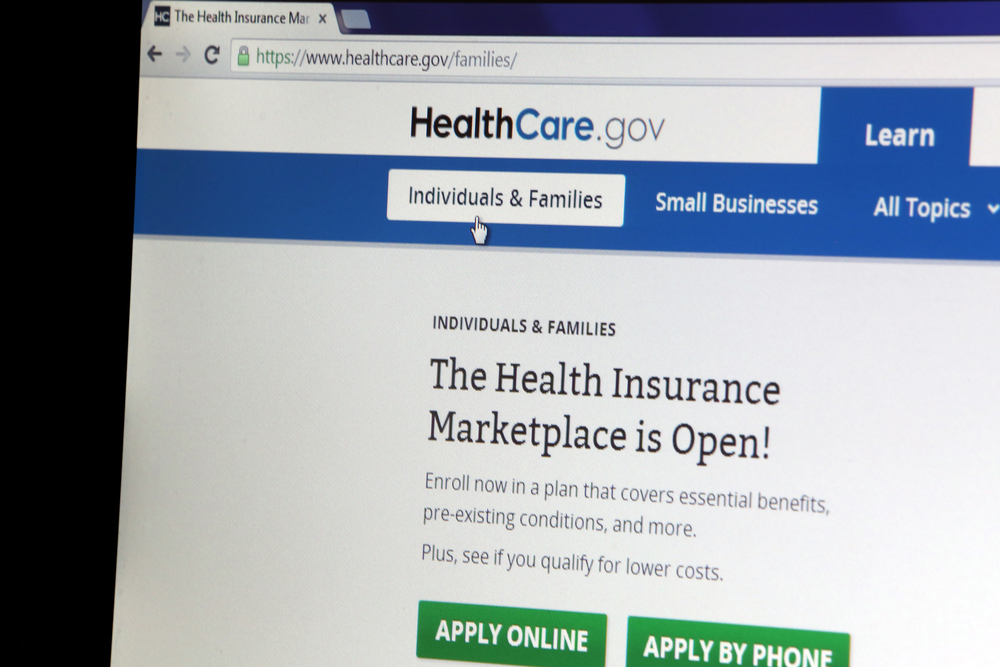In the start of the new year, 18 states and 19 cities raised their minimum wage. But the federal minimum wage has stayed at $7.25 an hour since 2009 — despite some attempts to change it.
"There is a bill before Congress that would boost America's minimum wage to $10.10 an hour," said former President Barack Obama. "It's easy to remember $10.10. ... It would lift people out of poverty right away; it would help millions more work their way out of poverty."
That bill never passed, which begs the question: It's been nine years, so what's keeping the federal minimum wage stagnant?
The minimum wage isn't based on inflation but on congressional action.
"It requires getting Congress to pass a minimum wage increase and a friendly president to sign it," said Tsedeye Gebreselassie, senior staff attorney at National Employment Law Project. "And so those things are not always a guarantee. ... It doesn't even even go up 10, 20, 30 cents to keep pace with inflation and cost of living. It's just totally flat."
Minimum wage began in 1938 at 25 cents an hour as a way to protect workers and stabilize the economy after the Depression. It's increased 22 times since it started. If minimum wage kept up with inflation, Gebreselassie says it should be about $13 an hour today. Instead, that stagnant $7.25 an hour makes about $15,000 in yearly salary. And if you're a single parent with two kids to support, minimum wage will put you below the poverty line.
"There's this myth that the majority of minimum wage workers are teenagers that are just working at the mall, and that's not true," Gebreselassie said. "... The vast majority of minimum wage workers are adults, not teens."
Women make up two-thirds of minimum wage workers. Single moms are the hardest hit and are often the face for advocates of increased wages. On the flip side, a wage increase could mean higher operating cost for business owners.
In 2012, the "Fight for $15" campaign for raising the minimum wage to $15 an hour had mixed reactions. Fifty-two percent of Americans favored it. Walmart and McDonalds declined to pay $15 an hour, while Target plans to raise minimum wages of all employees to $15 an hour by 2020.
A University of Washington study found that a $15 minimum wage hike in Seattle hurt hourly workers by cutting back on their hours. Workers earned $125 less each month. Still, some experts say that study has flaws.
Without an increase in federal minimum wage, cities and states can still determine their hourly rate. So far, 29 states have higher rates than the federal minimum wage. And currently, there isn't a consensus in Congress to raise the minimum wage.




 2018 Brought Increased Minimum Wage In Many States And Cities
2018 Brought Increased Minimum Wage In Many States And Cities Democrats Will Make $15 Minimum Wage Part Of Party Message
Democrats Will Make $15 Minimum Wage Part Of Party Message





